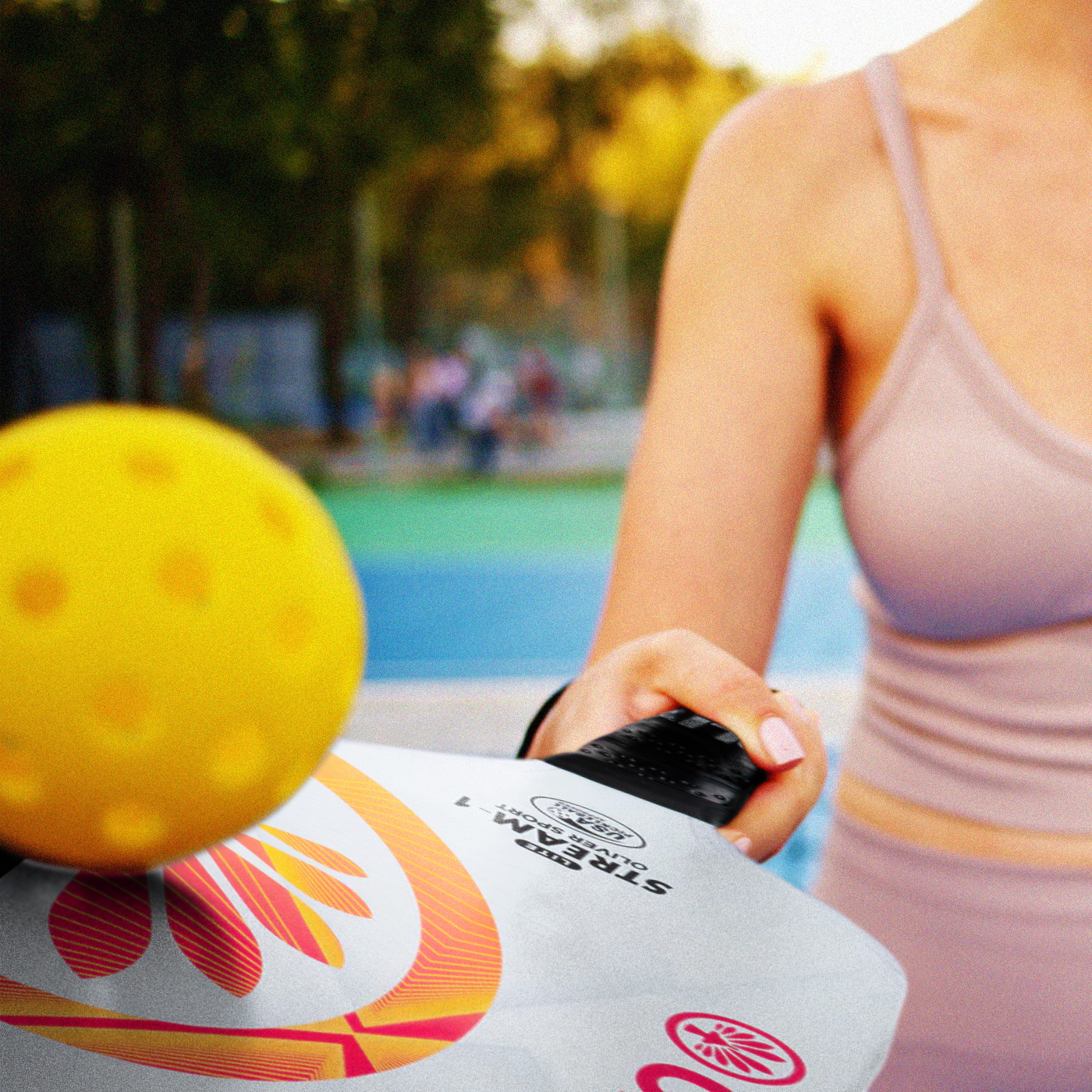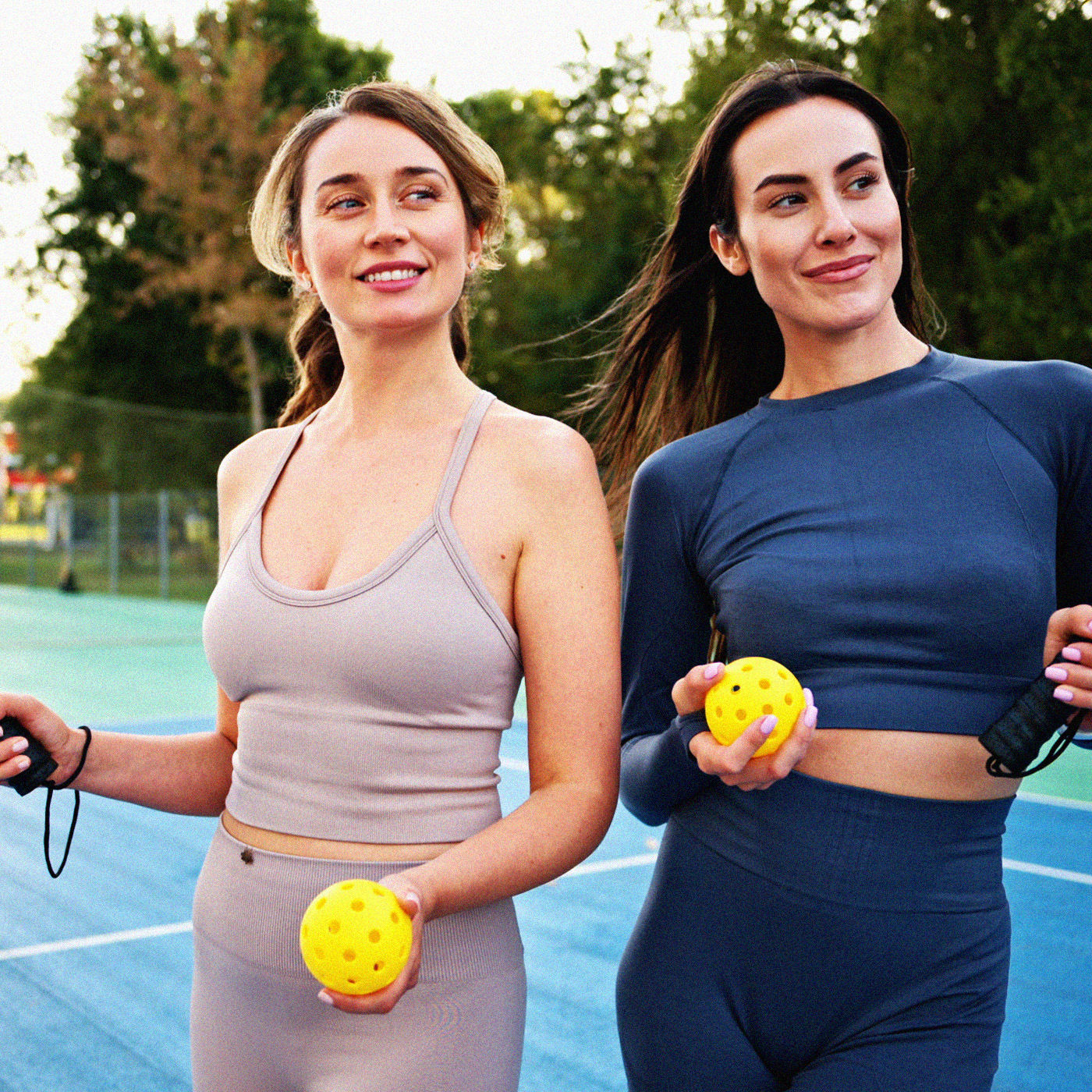
When I first started playing pickleball, there was very little information online about how to properly play and strategize. Looking back, I wasted so much time losing games I could have won because I didn’t know these strategies. In this article, I’ll share ten essential strategies that I wish I had known when I was starting out. Knowing these can significantly improve your game and help you reach your full potential. 1. Positioning the Stronger Player In many pickleball games, one player is often stronger than the other. To maximize your chances of winning, place the better player on the left side of the court. This position allows the stronger player to cover the middle of the court more often, hitting more balls and taking control of the game. 2. Shading When the ball is hit to one side of the court, both players should shift (or „shade“) towards that side. This strategy ensures that you cover the sections of the court where your opponent is most likely to hit the ball, reducing their scoring opportunities. 3. Moving Forward Strategically Knowing when to move forward and when to stay back is crucial. Move forward aggressively if your opponent hits the ball from a low position, indicating they are less likely to make a strong return. Stay back if they hit from a high position, as they are more likely to make a powerful shot. 4. Defensive Dinking Defensive dinks are short, soft shots aimed just over the net. When your opponent attempts a push dink (a deeper, more aggressive shot), respond with a defensive dink to neutralize their advantage and force them to hit upward. 5. Targeting the Right Shoulder and the Middle When being aggressive, target your opponent’s right shoulder or the middle of the court. Aiming for the right shoulder can jam right-handed players, making it difficult for them to return the shot effectively. Hitting down the middle can confuse opponents about who should take the shot, often leading to mistakes. 6. Mixing Up Your Serve Vary your serves to keep your opponent guessing. Aim for different parts of the service box and use different spins and trajectories. This makes it harder for your opponent to anticipate and return your serves effectively. 7. Direction Changes Switching the direction of your shots can catch your opponents off guard. In dinking situations, changing direction by hitting down the line can be very effective. When driving from the back of the court, switching targets from one opponent to the other can also create openings. 8. Staying in the Point on Defense When on defense, use either a drop shot into the kitchen or a lob to stay in the point. Drop shots are effective when you have enough time and balance, while lobs give you time to reposition if you are under pressure. 9. Ending the Point from the Kitchen When you have an easy high ball at the kitchen, choose your target wisely. Aim for either a hard angle or down the middle, depending on where the biggest gap in your opponents‘ defense is. This can help you end the point quickly and effectively. 10. Communicate with Your Partner Before using any advanced strategies, discuss them with your partner. If they are unaware of the tactics you’re employing, it can lead to confusion and mistakes on the court. Clear communication and planning are key to successful teamwork. These ten strategies can significantly improve your pickleball game. Remember, practice is essential, and understanding these tactics will help you play smarter and more effectively. If you’re looking to improve, be sure to subscribe to our channel for more tips and resources to take your game to the next level. Happy playing!

